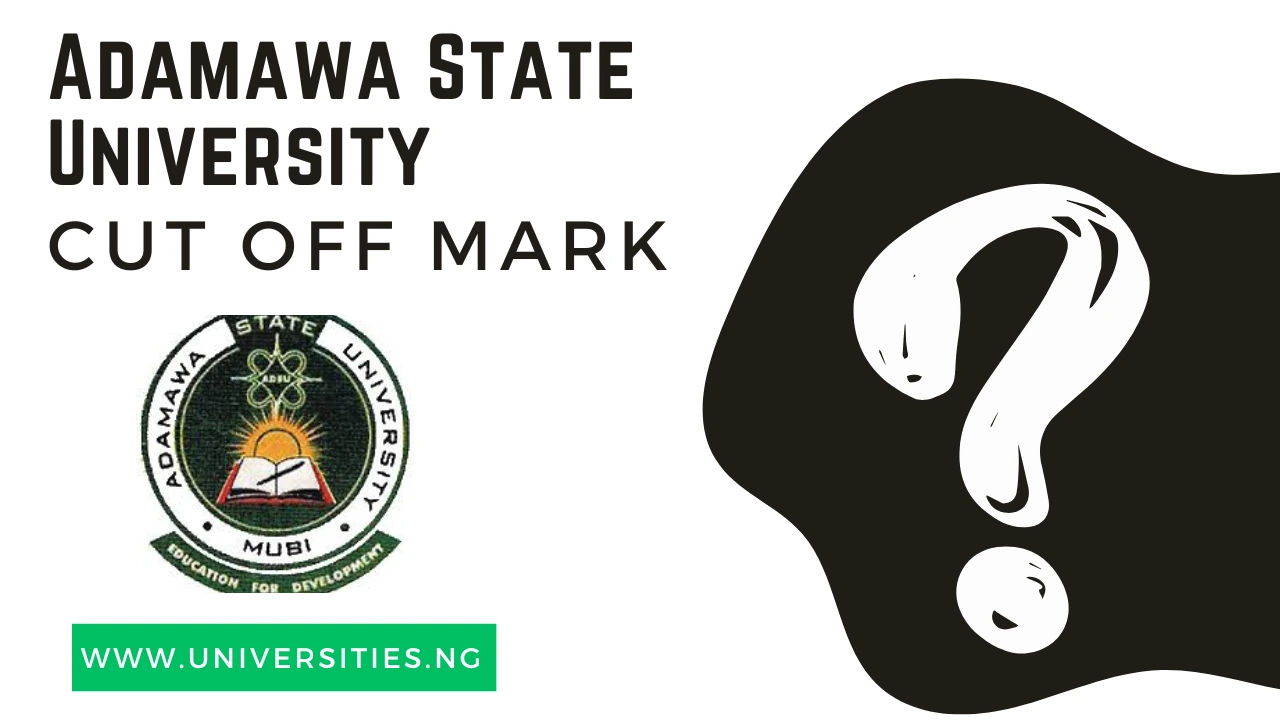Adamawa State University (ADSU), established in 2002, is located in Mubi, Adamawa State, Nigeria. Known for its commitment to academic excellence and student development, ADSU offers a diverse range of programs designed to meet the needs of its growing student population. Understanding the ADSU Cut Off Mark is essential for prospective students to secure university admission. This article explores the concept, official thresholds, and processes involved, providing all the necessary details for a successful application.
What is the ADSU Cut Off Mark?
A cut off mark is the minimum score an institution determines to evaluate candidates for admission into specific programs. This benchmark is typically based on performance in qualifying exams like the Unified Tertiary Matriculation Examination (UTME). Candidates who exceed this score have a stronger chance of being admitted than those who only meet the minimum requirement.
The approved JAMB cut off mark for Adamawa State University (ADSU) for the 2024/2025 academic session is 140 and above.
To qualify for admission into ADSU, candidates must achieve a minimum score of 140 in the UTME. Reaching this benchmark grants eligibility to participate in the post-UTME screening exercise for their selected courses. However, some programs demand higher cut-off marks due to their competitive nature and high demand.
Cut off mark for all courses at ADSU
Different courses at ADSU require varying cut-off marks. Below are some examples:
Official ADSU Cut Off Mark
For the 2024/2025 academic session, ADSU has set the general cut-off mark at 140, applicable to most programs. However, specific courses may have higher thresholds based on demand and academic standards. Prospective students are encouraged to check the official ADSU website for the latest updates and detailed departmental cut-off marks.
Admission & Screening Exercise at ADSU 2025/2026
Step 1: Achieve the Minimum UTME Score
Candidates must meet or exceed the approved UTME cut-off mark to qualify for the next stage of the admission process.
Step 2: Register for ADSU Post-UTME Screening
Eligible candidates must register for the post-UTME screening on the university’s portal. The registration process typically involves:
- Providing personal and UTME details.
- Uploading necessary documents (e.g., O’Level results, birth certificate).
- Paying the required post-UTME fee.
Step 3: Participate in Screening Exercises
The post-UTME screening exercise usually includes:
- Computer-Based Testing (CBT): Tests subject knowledge relevant to the candidate’s chosen course.
- Document Verification: Ensures authenticity of submitted credentials.
Step 4: Monitor Admission Status Candidates can check their admission status via the ADSU portal or the JAMB CAPS platform.
Frequent Ask Questions
The general cut-off mark for ADSU is 140
Medicine is not offered at ADSU; check available programs on the official website.
ADSU primarily prioritizes first-choice candidates.
UTME result slip, O’Level results, birth certificate, and local government identification.
Yes, provided there are available spaces in other programs.
Yes, direct entry candidates must meet departmental requirements.
Yes, it is mandatory for all eligible candidates.
Yes, candidates may be required to present original documents for verification.
Tuition fees range from ₦50,000 to ₦70,000, depending on the course.
Yes, part-time and distance learning programs are available.
Yes, international students are welcome to apply.
Scholarships are offered based on merit and need.
Approximately 3,000 students across various programs.
Missing the screening disqualifies you from the admission process.
Aim for a high UTME score, perform well in post-UTME, and ensure strong O’Level results.
Understanding the ADSU Cut Off Mark and related admission processes is crucial for prospective students. By meeting the required thresholds and preparing effectively, candidates can maximize their chances of securing a place at Adamawa State University. Stay updated by visiting the ADSU official website and take the necessary steps toward achieving your academic goals.









